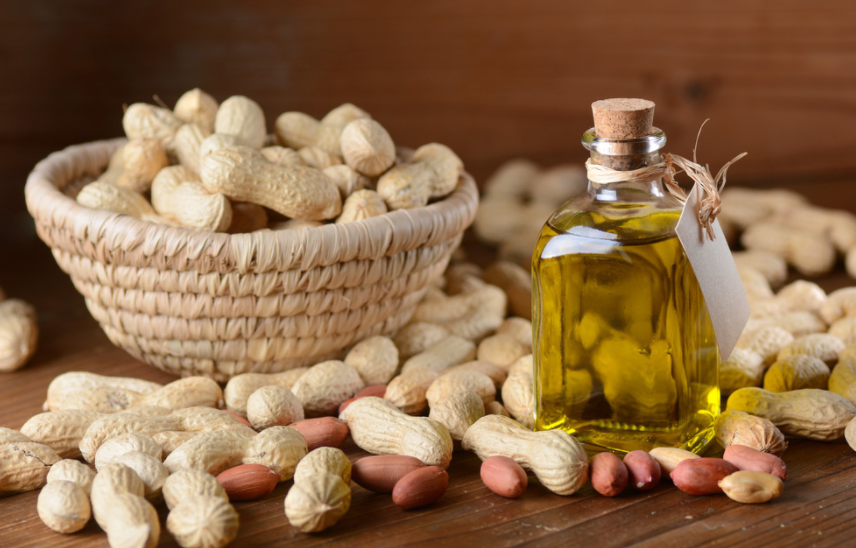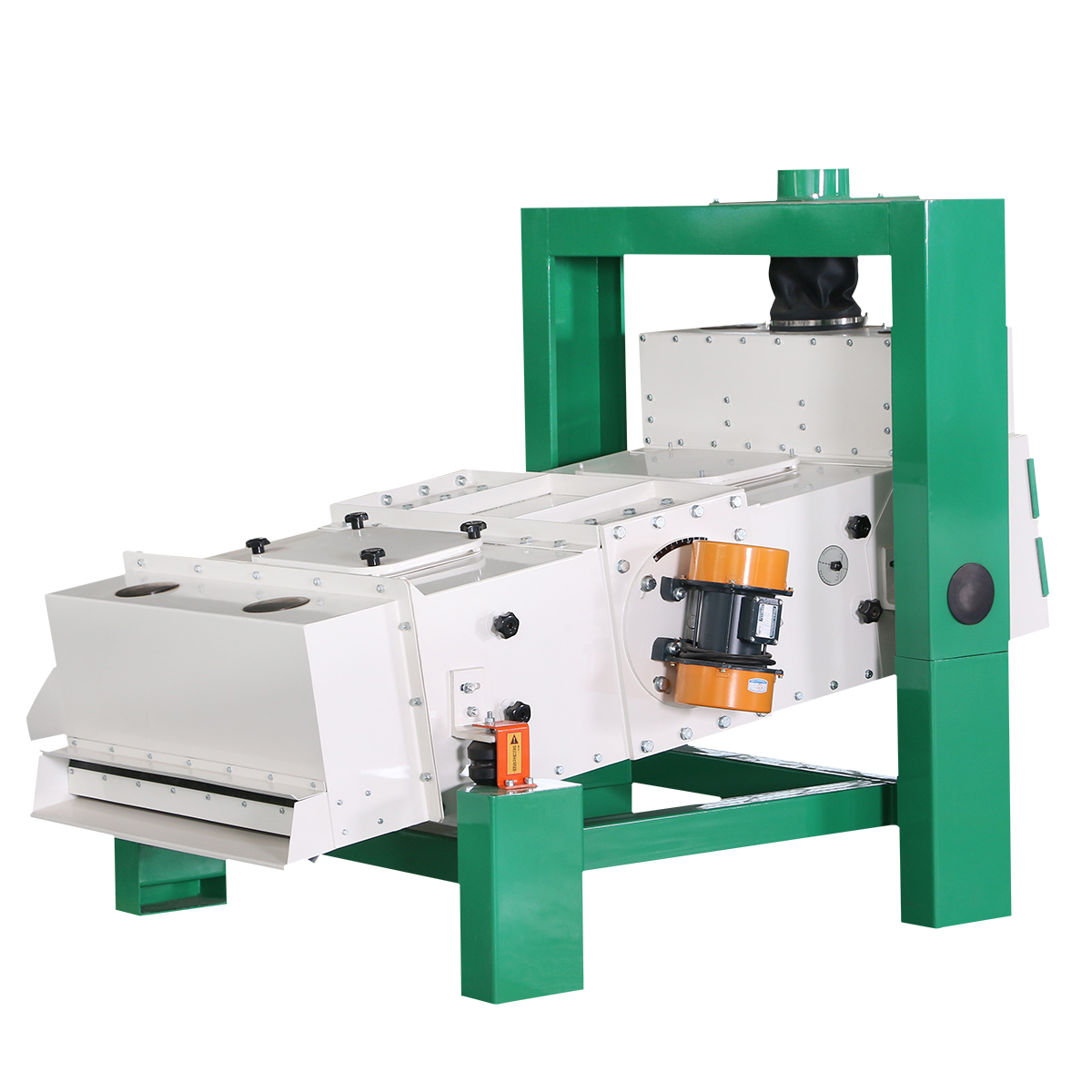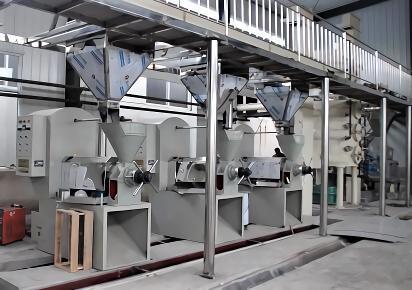Peanuts generally contain 30%-35% shells, and peanut kernels contain 40%-50% oil. Peanut kernels are usually used to extract oil. Therefore, the peanut pretreatment process requires three processes: cleaning, peeling, and kernel separation. Because peanut kernels have a high oil content and are soft oils, peanut oil is often pressed by one extraction or two pressing methods.

The peanut oil extraction process includes cleaning, peeling, crushing, embryo rolling, steaming, squeezing and other processes.
Introduction of peanut oil pressing process:
1. Clean up
For peanut cleaning, a vibrating screen can be used to remove the mud and other impurities in the peanuts. The peanut content is required to be ≤0.5%, and the peanut kernel under the sieve is ≤1%. Use a stone remover to separate the stones from the peanuts.

2. Separation of shelling and kernel shell
Peanut peeling requires that there is no shell in the kernel (or the shell content is less than 2%-4%), and the kernel content in the shell is less than 0.5%.
The peanut sheller is composed of a frame, a fan, a rotor, a single-phase motor, a screen (in two sizes), a hopper, a vibrating screen, a V-belt wheel and its driving V-belt. After the peanut sheller runs normally, the peanuts are put into the hopper quantitatively, evenly and continuously, and the peanut shells are broken under the repeated blow, friction and collision of the rotor. Peanut grains and broken peanut shells are passed through the screen with the required aperture under the rotating wind pressure and impact of the rotor (the peanut d threshing uses a large-hole screen, and the cleaned small rind is replaced with a small-hole screen for the second Shelling). The peanut shells and grains are blown by the rotating fan, and the light-weight peanut shells are blown out of the body. The peanut grains are screened by the vibrating screen to achieve the purpose of cleaning.
3. Broken
Use the peanut crusher (toothed roller crusher) to crush the peanut kernels into 3-4 petals by the upper roller chute, and the lower roller to crush the peanut petals in half. The peanut crushing process requires that the peanut kernels be crushed into 6-8 petals and evenly.
4. Softening, rolling embryo, steaming and frying
Peanut kernels are soft in texture and generally do not need to be softened. Sometimes they can be rolled after proper heat treatment (adjusting moisture). For hot pressing, it should be noted that the thickness of the embryo is less than 0.5 mm, and the roller must be prevented from sticking during the rolling.
Steaming and frying are generally adjusted according to the pressing conditions during hot pressing (moisture 1%-2%, temperature around 130℃). It is better to make the embryo slightly oily and dark yellow. Pre-pressing appropriately speeds up the water content (about 4%) and lowers the temperature (107-121°C), which is beneficial to reduce the protein denaturation rate.

5. Squeeze
The peanut oil pressing process can be divided into three stages, namely the feed (pre-pressing) section, the main pressing section (oil-out section), and the cake-forming section (heavy pressure and oiling section).
(1) Feeding section: The squeezed material starts to be squeezed in the feed section, expelling air and a small amount of water, plastic deformation occurs to form a "muffin", and oil begins to flow. The oil with high oil content starts to produce oil in the compression stage of the feed.
(2) Main pressing section: This stage is the stage where high pressure and large amount of oil are discharged. At this time, because the volume of the press chamber of the peanut oil press is rapidly and regularly reduced, the squeezed material is strongly squeezed, and the grains begin to combine, the squeezed material becomes a continuous porous material in the press chamber and is no longer loose, and a large amount of oil is discharged. At the same time, the squeezing material will cause the speed difference displacement, fracture, mixing and other phenomena of the material layer due to the interruption of the screw, the scraping force of the squeezing chamber, and the shearing effect of the squeezing cage.
(3) Cake-forming section: The squeezed material has formed a tile-like cake in the cake-forming section, which is almost integrally advanced, which also produces a relatively large compression resistance. At this time, the compressibility of the tile cake is not large. However, a high pressure must be maintained so that the oil can be drained without being sucked back. The tile-shaped cakes discharged from the peanut oil press will increase in volume due to elastic expansion.
Copyright © Henan Zhongxing Grain And Oil Machinery Co.,Ltd. All Rights Reserved. Powered by MetInfo